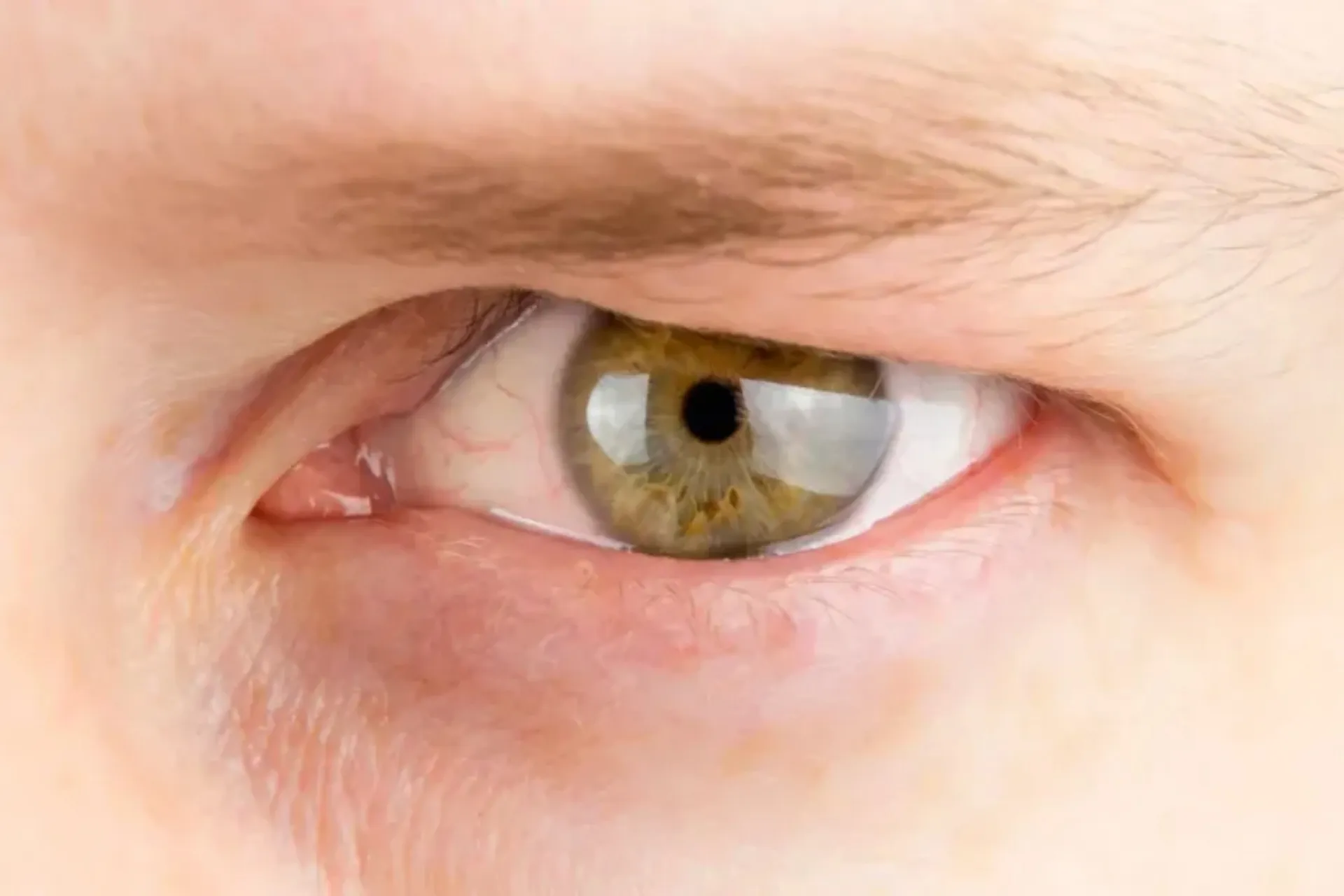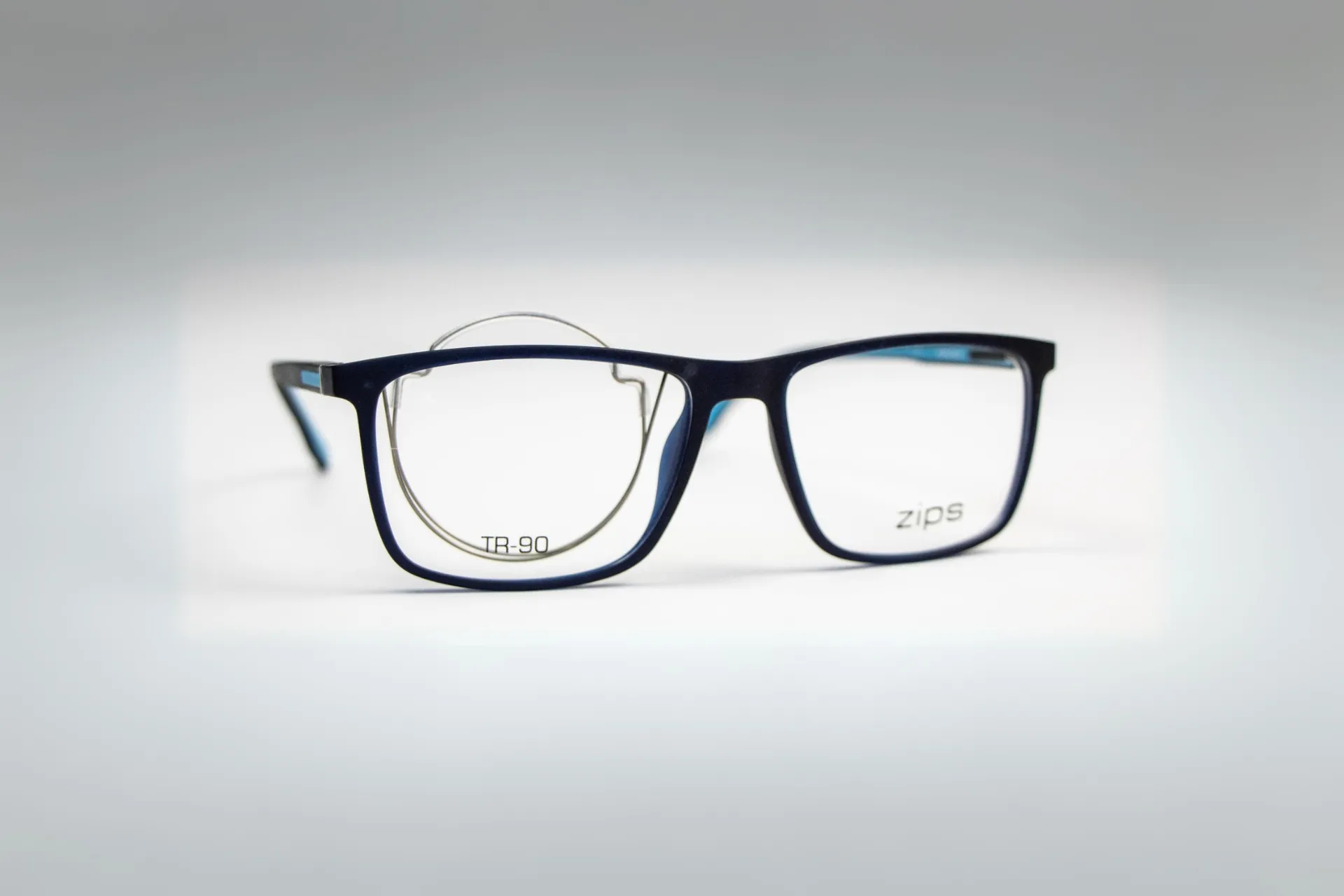Our treatments
Oculoplastic

Ptosis Treatment
ptosis-treatment
Ptosis, or drooping eyelid, can occur due to various reasons, including aging, congenital conditions, or underlying medical issues. Treatment options typically depend on the severity and underlying cause.
ภาวะหนังตาตกคืออะไร
Ptosis (ภาวะหนังตาตก) คือ ภาวะที่เปลือกตาบนตกหรือหย่อนลงมาปิดลูกตา ซึ่งอาจเกิดขึ้นเพียงเล็กน้อยหรือมากจนปิดรูม่านตา (จุดสีดำกลางตาที่รับแสง) ทำให้บดบังการมองเห็นได้ ภาวะนี้สามารถเกิดขึ้นได้ทั้งในเด็กและผู้ใหญ่

สาเหตุของภาวะหนังตาตกมีอะไรบ้าง
สาเหตุของภาวะหนังตาตก มีได้หลากหลาย เช่น
- ความผิดปกติแต่กำเนิด (Congenital ptosis): เกิดขึ้นตั้งแต่แรกเกิด อาจมีสาเหตุมาจากกล้ามเนื้อยกเปลือกตาอ่อนแรง หรือการพัฒนาของเส้นประสาทที่ควบคุมกล้ามเนื้อตาผิดปกติ
- ภาวะหนังตาตกที่เกิดขึ้นภายหลัง (Acquired ptosis): มักเกิดขึ้นในผู้ใหญ่ มีสาเหตุได้หลายประการ เช่น อายุที่มากขึ้น ทำให้กล้ามเนื้อเปลือกตาหย่อนยานลง, การบาดเจ็บที่เปลือกตาหรือเส้นประสาท, โรคทางระบบประสาทบางชนิด (เช่น โรคกล้ามเนื้ออ่อนแรง Myasthenia gravis) หรือเนื้องอกที่เปลือกตา
- ผลข้างเคียงจากการใช้ยาบางชนิด หรือการผ่าตัดบริเวณรอบดวงตา

Non Surgical Treatment
In mild cases, ptosis may be managed without surgery through:
Observation: If the ptosis is minimal and doesn't significantly affect vision or appearance, your doctor may recommend monitoring the condition for any changes.
Eyeglasses with a crutch: A ptosis crutch is a small attachment added to the glasses frame that helps lift the eyelid.

Surgical Treatment
Surgical intervention is often the most effective treatment for ptosis. The most common surgical procedure is called ptosis repair. This surgery involves tightening the levator muscle responsible for lifting the eyelid. Other surgical options may include:
- Frontalis sling surgery: This is typically used when the levator muscle is very weak. A "sling" is created using materials from the patient's own body or synthetic materials to connect the eyelid to the forehead muscle, allowing the forehead to lift the eyelid.
- Müller's muscle conjunctival resection (MMCR): This procedure is often used for mild to moderate ptosis and involves shortening the Müller's muscle to improve eyelid elevation.

Postoperative Care for Ptosis Surgery
After ptosis surgery, you might experience some discomfort, swelling, and blurry vision, which are all temporary. Your doctor will prescribe pain medication and eye drops and schedule follow-up appointments to monitor your healing. Avoid strenuous activities for a few weeks and make sure to follow your doctor's instructions for a smooth recovery.

អាសយដ្ឋាន
Oculoplastic Center - Bangkok Eye Hospital
10/989 Soi Prasertmanukij 33 Nuanchan Buengkum District Bangkok 10230

